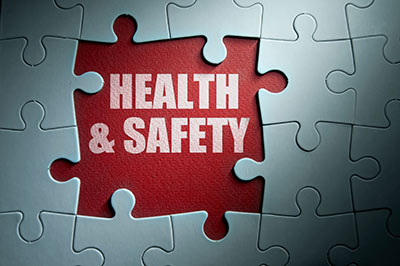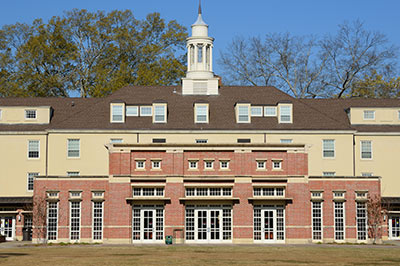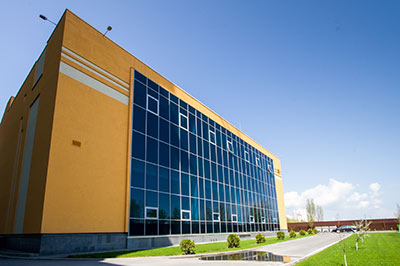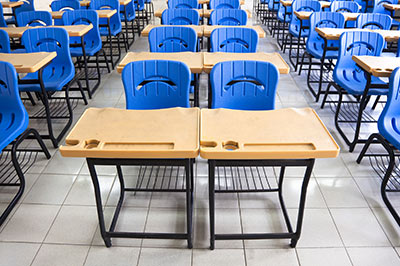School Planning and Management, 2015
In today’s fast-paced construction environment, project schedules are compressed throughout the entire process. This has occurred due to advances in construction practices and technology, along with the desire to reduce overall project cost as the “time is money” mandate drives the bottom line.
In many cases, this expedited process results in less than desirable installation conditions, specifically related to high moisture conditions within the slab subfloor. To better understand these conditions, the following will provide brief explanations of:
- Sources of concrete slab moisture
- Methods to determine concrete slab moisture level
- Modular carpet adhesives that provide adhesion bonding capability with high moisture subfloor environments











